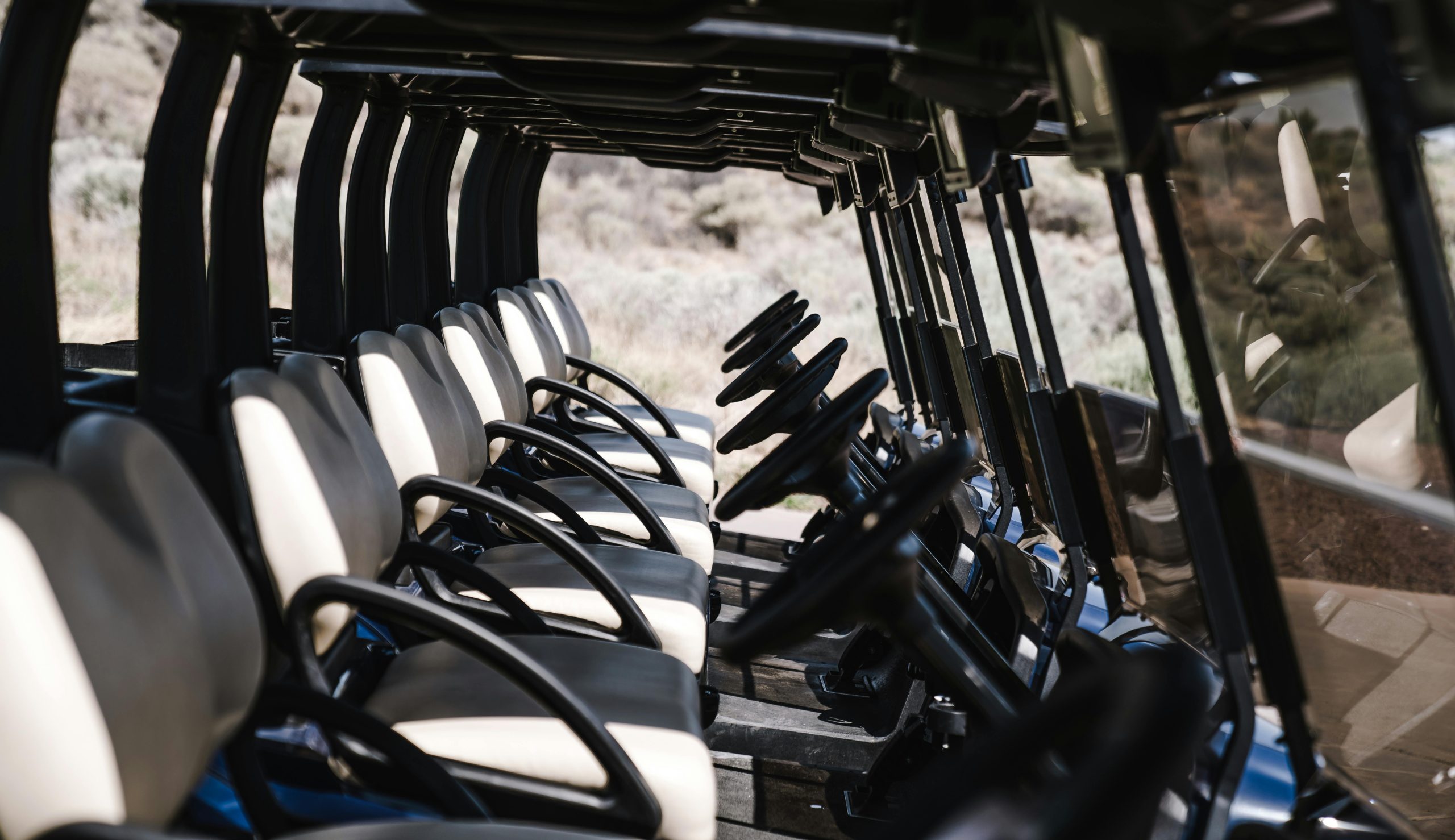The Art of Data Recovery: Swapping Head Units in Vintage Hard Drives
In today’s world, data recovery from storage devices has become an essential skill, especially as we become more reliant on technology and the information stored within it. One common issue involves older hard drives, like the 25-year-old 30GB Seagate ST330620A. In this blog post, we will discuss the intricate process of swapping in a new head unit and examine the techniques, tools, and insights into this fascinating aspect of data recovery.
Understanding the Problem: The Seagate ST330620A
The Seagate ST330620A is a hard disk drive (HDD) that was popular during the late 1990s and early 2000s. With only 30 GB of storage, it is relatively small by today’s standards, but many people have important data stored on these vintage drives. The hard drive’s failure could stem from several factors, including mechanical failure, electronic issues, or firmware corruptions. In this case, the issues have been diagnosed, and the spindle motor, bearings, and other critical components of the drive are functioning correctly, which provides hope for data recovery through a head unit swap.
What is a Head Unit?
The head unit of a hard drive is a critical component that reads and writes data. It consists of read/write heads housed in a slider, which floats above the platters that spin at high speeds. When an HDD functions correctly, the head reads and writes data as the platters rotate. However, if the heads become damaged or if there is an alignment issue, data recovery may be impossible through standard methods. This is where head unit swapping comes into play.
The Importance of Using an Identical Donor Drive
Before embarking on a head swap, it is crucial to understand the importance of using an identical donor drive. Different models of hard drives may have variations in head design, firmware, and even the way data is written to the platters. By using a donor drive that is identical to the failed unit, you maximise the chances of successfully retrieving the lost data.
Preparing for the Surgery: Tools and Workspace
The process of head unit swapping requires precision and a careful approach. Here is a list of tools you will need:
-
Clean Room Environment: Ideally, the swap should occur in a clean room environment to minimize dust contamination. If this is not possible, a highly controlled area can work; use an anti-static mat and wear gloves to avoid oil transfer from your skin.
-
Torx Screwdrivers: Hard drives are typically secured with Torx screws, so a set of Torx screwdrivers will be essential.
-
Tweezers: These will help you manipulate small components without causing damage.
-
Head Comb: A head comb is designed to keep the read/write heads in the correct position during the swap process. More on this later.
-
Screw Containers: To keep track of screws and other small pieces, use small containers to separate parts from the donor and failed drive.
The Head Unit Swap Process: Step-by-Step Guide
-
Disassemble the Failed Drive: Start by removing the screws from the outer casing of the failed drive. Once you have taken off the cover, take care to observe how components are positioned.
-
Release the Actuator Arm: Carefully lift the actuator arm, which holds the head unit, off the platters. This action should be done gently, as too much force can cause damage.
-
Using the Head Comb: Position the head comb under the read/write heads. Depending on the design, you might need to slightly lift the actuator arm or use tweezers to maneuver the heads off the platters without making contact with the disk surface.
-
Transfer the Head Unit: With the head comb in place, carefully unscrew and remove the head assembly from the failed drive. Follow the same steps to remove the head assembly from the donor drive. Ensure you keep the head assemblies secured in their respective head combs throughout this process.
-
Install the Donor Head Unit: Place the donor head assembly onto the failed drive using the head comb to align it, ensuring it makes no contact with the platters.
-
Reassemble the Drive: Once the donor head assembly is in place, carefully remove the head comb and reassemble the drive. Ensure all screws are tight, and everything is back in place as it should be.
-
Testing for Data Recovery: Finally, connect the drive to the appropriate interface (USB, SATA, etc.) and power it on. If successful, the drive will be recognized by the computer, and data should be accessible.
Risks and Considerations
While a head swap can offer hope for recovering lost data, there are risks involved, including:
- Dust Contamination: Any dust or particles that settle on the platters can lead to permanent data corruption if the drive is powered on.
- Alignment Issues: If the read/write heads are not positioned correctly over the platters, the chances of successful data recovery diminish significantly.
- Inexperienced Handling: It is not recommended for an inexperienced user to attempt this process due to the risk of further damaging the drive. Proper training or collaboration with professional data recovery technicians can improve outcomes.
Real-Life Examples of Success Stories
To illustrate the effectiveness of swapping head units, some successful data recovery stories can be referenced. One well-known company, DriveSavers, has provided anecdotal evidence of clients recovering irreplaceable family photos from vintage drives via the head swap method. They emphasize not only the technical skill involved but also the deep emotional connection some users have with their data.
Understanding the Limitations of Head Swaps
While head swaps can be invaluable in recovery efforts, there are instances where further measures may be necessary:
-
Platter Swaps: If the surface of the platters is damaged, even an ideal head swap may not yield results. In these cases, platter swapping might become necessary—though it requires exceptionally sterile conditions and advanced skills.
-
Firmware Issues: If the drive’s firmware is corrupted, a head swap may not solve the issue. Sometimes, data recovery specialists use specialized tools to rewrite firmware or access data using hardware-level solutions.
The Future of Data Recovery
As technology evolves, data recovery methods are becoming more advanced, relying on software-driven approaches for forensic recovery processes and utilizing larger, more effective drives. However, vintage drives like the Seagate ST330620A hold a sentimental value for many users. Therefore, mastering the head swap technique remains an essential skill for preserving precious memories and essential data.
Conclusion
Swapping in a head unit for a 25-year-old Seagate ST330620A drive is an undertaking that blends both art and science. From understanding how to safely maneuver sensitive components to the delicacy required to prevent further damage, this process exemplifies the lengths one will go to in the pursuit of data preservation.
While swapping heads may appear daunting, taking methodical steps with the right tools and mindset can make it feasible. Emphasizing the importance of clean environments, the right equipment, and the necessity of using identical donor drives can dramatically improve the chances of success.
As we embrace newer storage technologies, the knowledge surrounding vintage drives and recovery methods remains critical for those looking to retrieve lost data from their past. Whether for personal nostalgia or professional needs, the practice of head swapping symbolizes a deeper connection to the moments, memories, and information we hold dear.
Share this content:




Great overview of the complex process involved in head unit swapping for vintage drives like the Seagate ST330620A. If you’re planning to undertake this, I recommend ensuring that you work in a clean, dust-free environment—preferably a clean room or a dedicated anti-static workspace—to prevent contamination of the platters. Make sure to use precise tools, such as appropriate Torx screwdrivers and head combs, to avoid damaging delicate components.
It’s essential to handle the actuator arm gently and to keep the read/write heads aligned during transfer to prevent further damage. Using identical donor drives significantly increases the chances of successful data recovery, so sourcing a matching model is highly advised. Also, take note of the risks involved, particularly dust contamination and misalignment, which can lead to permanent data loss.
If you are inexperienced with HDD internal hardware, consulting a professional data recovery technician might be the safest route. They have specialized equipment and expertise to perform head swaps under sterile conditions, maximizing the likelihood of recovering your data without causing additional harm. If you decide to proceed yourself, make sure to document each step carefully, keep track of all screws, and avoid touching the platters directly.
Feel free to reach out if you need specific guidance or recommendations on tools for this delicate task. Best of luck with your data recovery efforts!